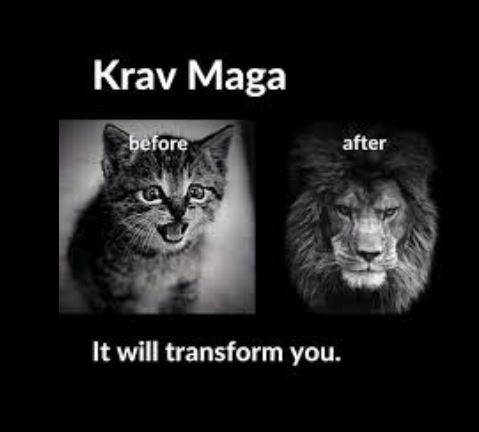
Drilling 101
So you’ve survived your first few weeks of Krav Maga Training. You probably still don’t know how to keep your head protected, you may or may not have mastered how to keep a safe distance from your opponent(s), you’ve discovered that you need more than your training clothes, and you’re starting to recognize some of the standard Krav Maga lingo.
Now you’re wondering what all this “drilling” stuff is about. Don’t worry, we got you?
Drilling 101
 Drilling is the part of any Krav Maga training that consists of many, many many repetitions of a technique or set of techniques. The idea is that if you do something often enough, it becomes “muscle memory” and it takes less conscious effort to do it in the future.
Drilling is the part of any Krav Maga training that consists of many, many many repetitions of a technique or set of techniques. The idea is that if you do something often enough, it becomes “muscle memory” and it takes less conscious effort to do it in the future.
Now this may sound pretty self-explanatory “Just do it a bunch of times, right” Well, yes, but there are some important points that you should be aware of which may not always be vocalized:
For the Love of God, Start Slow
The worst thing you can do is try to drill a technique as fast as your instructor showed it to you. The only reason they can do it so fast and smooth is because they’ve done it a thousand times already. Until you’ve spent as many untold hours on the mat and have developed the same Krav Maga acumen you’re not going to look that good. Worse, if you try to go full speed, you’re bound to skip some key steps, and you ultimately won’t learn how to properly execute the technique. So start slow, go step-by-step. Nobody’s going to think less of you for it we’ve all been there. Once you begin to get the hang of it, then pick up the tempo.
No, XX Times Each is Not Enough
 The biggest mistake is when someone anyone does a technique a few times and then sits there with his/her partner until the instructor calls time. It’s said that you have to practice something between 500 and 5,000 times before it becomes reflex. If you’re there on the mat already, use that time wisely. Make some progress toward that first 500. Otherwise, you’ll give the impression that you don’t really care enough to put in the work.
The biggest mistake is when someone anyone does a technique a few times and then sits there with his/her partner until the instructor calls time. It’s said that you have to practice something between 500 and 5,000 times before it becomes reflex. If you’re there on the mat already, use that time wisely. Make some progress toward that first 500. Otherwise, you’ll give the impression that you don’t really care enough to put in the work.Drilling Outside of Class
Drilling isn’t just an activity reserved for that 30 or so minutes during class between warm-ups and sparring. You can drill anytime, anywhere. In fact, it’s highly encouraged that you drill outside of class. You can’t possibly get your 500-5,000 reps in entirely during class hours. So find a buddy and schedule in some time an hour at the very least during the week to work on some of the techniques that you’ve learned recently and/or those you would like to improve upon. In fact, you might even get lucky and someone more experienced will happen by and give you some additional pointers.
Levels of Drilling
There’s no single way to drill. Indeed, there are levels of drilling:
Single Technique Just as it sounds, this involves doing a single technique (one strike, one kick, one defence etc.) over and over again.
Sequential This involves linking two or more techniques together, and doing that over and over again. For example: combinations, attack and counter attack or at upper levels start standing, go to the ground, roll around and wrestle, disengage and stand up to deal with multiple opponents. Then doing that series over and over again.
Responsive This takes sequential drilling to the next level, whereby your partner changes the scenarios a little bit. For example, if the sequence is to go from a standing position to the ground, your partner may present a knife at any moment during the fight. This kind of drilling is especially useful to get more creative with the learnt techniques and to help you become more adaptive. In a real fight there are an unlimited number of scenarios that can occur and you are likely need to deal with unexpected attacks.
 R&D This is a more relaxed, open-ended kind of drilling, where you and your partner may do a combination of all of the above, working on a specific technique and exploring any and all scenarios that might arise. This involves a lot of discussion, and you may or may not break a sweat.
R&D This is a more relaxed, open-ended kind of drilling, where you and your partner may do a combination of all of the above, working on a specific technique and exploring any and all scenarios that might arise. This involves a lot of discussion, and you may or may not break a sweat.
Now that you have a better understanding of the world of drilling, we hope you can see how incredibly beneficial it is to your Krav Maga journey.
Train and drill on. KIDA.

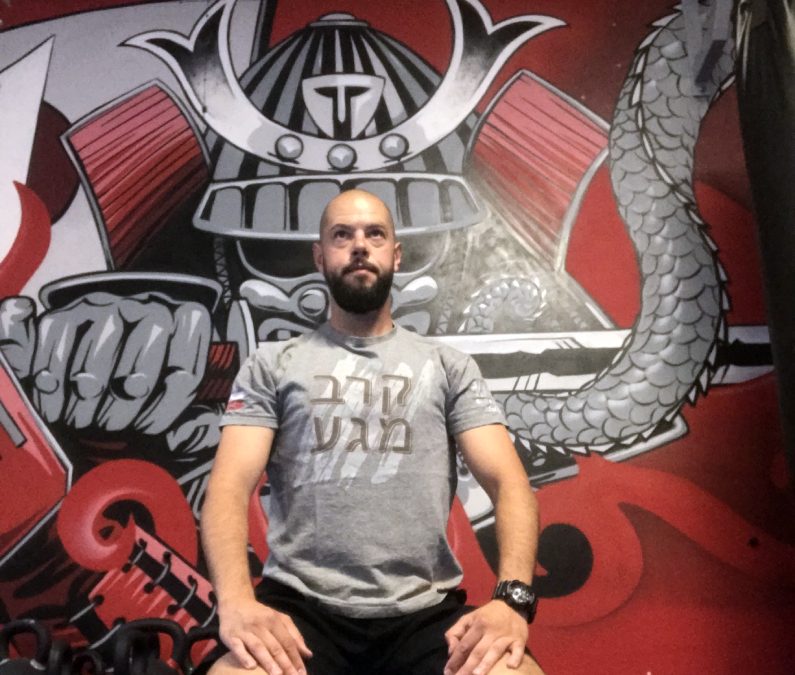
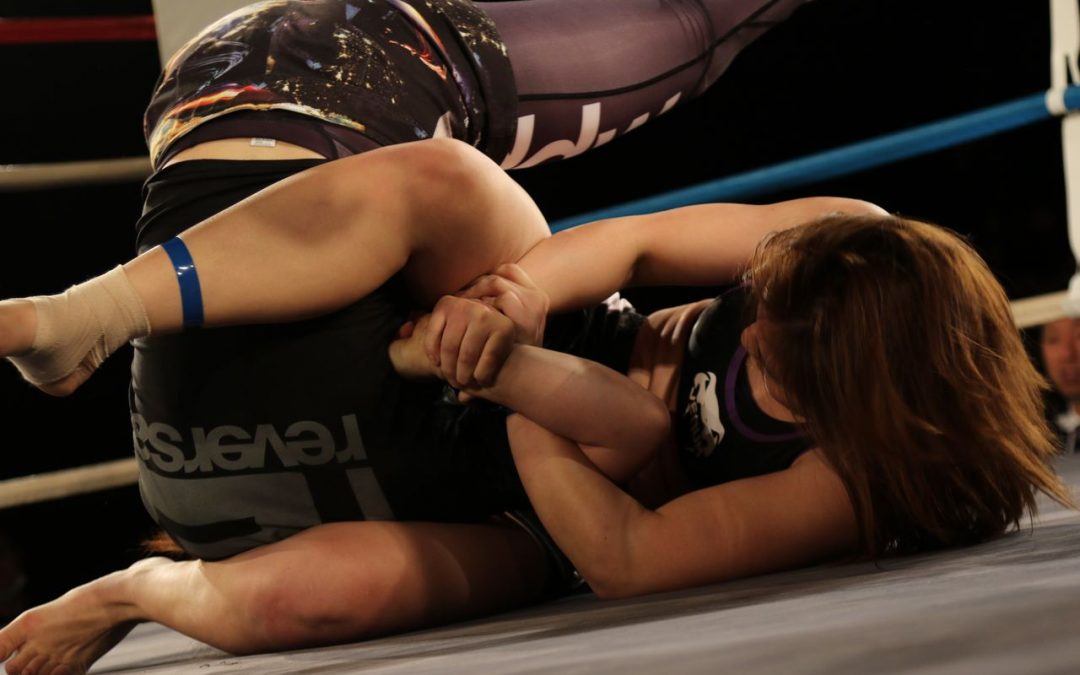

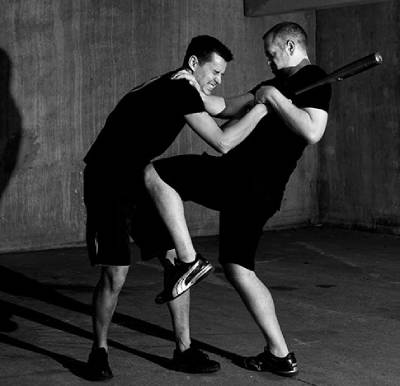
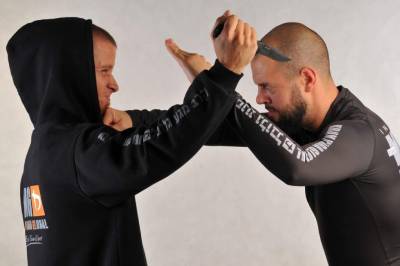 When I first saw this list I was thinking to myself that’s pretty much Krav Maga right there! While that thought is not entirely true, but we actively teach many of these “forbidden moves” in the form of techniques as a response to attacks by criminals. With that being said we also put a tremendous amount of focus on safety in training and practitioners progress gradually according to their abilities. Additionally a legally acceptable and adequate response is thought against each threat.
When I first saw this list I was thinking to myself that’s pretty much Krav Maga right there! While that thought is not entirely true, but we actively teach many of these “forbidden moves” in the form of techniques as a response to attacks by criminals. With that being said we also put a tremendous amount of focus on safety in training and practitioners progress gradually according to their abilities. Additionally a legally acceptable and adequate response is thought against each threat.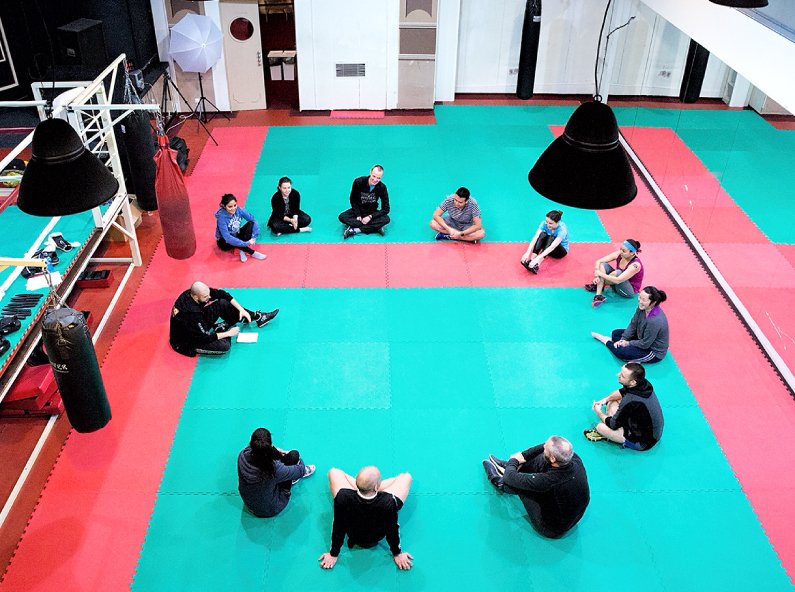
 Like MMA and all professional fighting gyms, Krav Maga incorporates strength and conditioning programs, and fitness workouts in the class.
Like MMA and all professional fighting gyms, Krav Maga incorporates strength and conditioning programs, and fitness workouts in the class. Krav Maga is taught and practiced with the David and Goliath scenario in mind, which emphasizes speed and well-placed infliction over size, strength, age, or fitness.
Krav Maga is taught and practiced with the David and Goliath scenario in mind, which emphasizes speed and well-placed infliction over size, strength, age, or fitness. Jason Statham used Krav Maga in preparation for his 2012 film Safe.
Jason Statham used Krav Maga in preparation for his 2012 film Safe. Whether you’re interested in Krav Maga as a method of self-defense or as a way to get fit, there are hundreds of gyms and dedicated studios around the country now offering instruction and classes.
Whether you’re interested in Krav Maga as a method of self-defense or as a way to get fit, there are hundreds of gyms and dedicated studios around the country now offering instruction and classes.